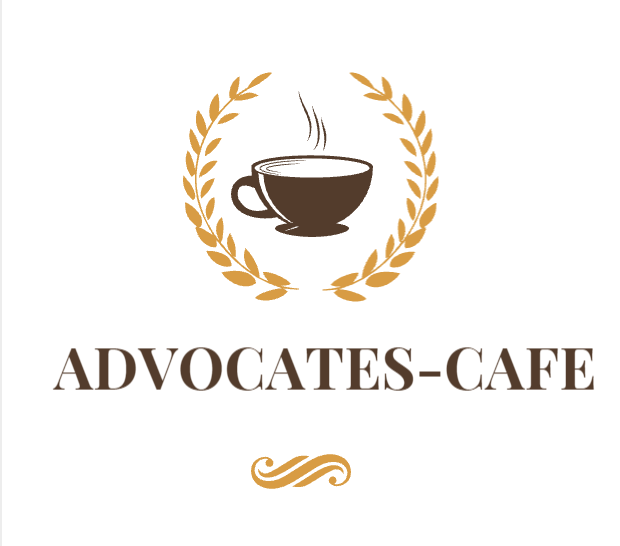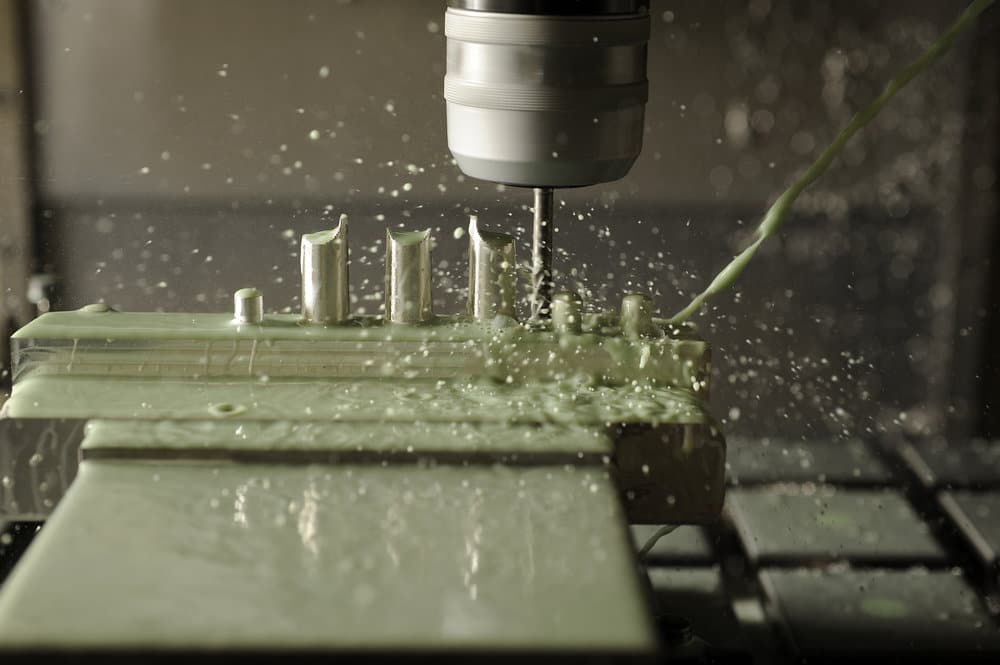Rapid prototypes ensure that you move in the right direction. They help you quickly share the direction with clients, prospects, and friends without actual development investment. Have you tried building rapid prototypes? The process is, on its own, a development undertaking. It's the reason why Slide UX establishes simple guidelines that give more while investing less in rapid prototyping processes.
Take rapid prototypes as disposable artefacts
The rapid tooling equipment provides exciting levels of freedom. If your effort on them is enough, you will be able to build entire products without depending on one engineer. Reality kicks in when you are halfway through the prototyping process. Any change builds ripple effects touching many unrelated screens where it breaks on many others.
The rapid prototyping goal is to get feedback that will guide your final design. You need to avoid the urge of prototyping full products unless you need to tackle everyday hassles linked with the actual management of the product. Spin up your specific prototypes according to the needs of your team.
Establish clear purposes for the prototypes
Rapid prototypes are useful in several ways as your project artefacts. They gather client feedback and use real page animations and interactions to aid users in understanding your ideas. The prototypes give executive buy-in, succinctly and quickly covey plans. They help in account and sales management and help in sharing new ideas with key accounts, prospects or potential renewals. Understanding the purpose of your prototypes helps define the project scopes and fidelity levels that you need.
Define your prototype needs early
Fidelity and scope determine the prototype's development time and cost with many design projects. You can talk about your prototype's fidelity levels in many different dimensions:
Aesthetics
Are you prototyping with sketchy, speed mockups, or do you need full-color comps?
Scope
What does your prototype need?
Interaction
Do your controls, including buttons, need mouse over states? will you reload your page, or you will need the animated transitions?
Code
Will you build codes (Objective-C or HTML), or you will use rapid prototyping equipment like InVision?
Content
Will you use professional and brand approved copies or the lorem ipsum? Will you need to center on a back-end system, or you can paste the dummy data into your designs?
You need to agree on the fidelity and scope of your prototype earlier to limit client/stakeholder disappointments.
Try to maintain flat designs
Your attention to the UI design will increase as you approach the deadline. Last-minute changes to your design create tons of work when you build early interactions. You need to give the last feedback call before you being building. Save all interactions until you get to your actual deadline. It will make your team feel heard. You will spend time perfecting but not rebuilding prototypes.
Test your prototypes as you build them
You will use a different brain part in weaving interactions in your prototypes different from designing. It's easy for you to get lost in the rhythm. Failing to test your prototypes as you build them can make your work just a beginning. Failing to test your prototype as you build it makes it hard to detect where you went wrong. It will lead to bug chasing.
Conclusion
The above simple guidelines are perfect for use to limit the wasting of resources in building these rapid prototypes. Use them to make your work easier.


